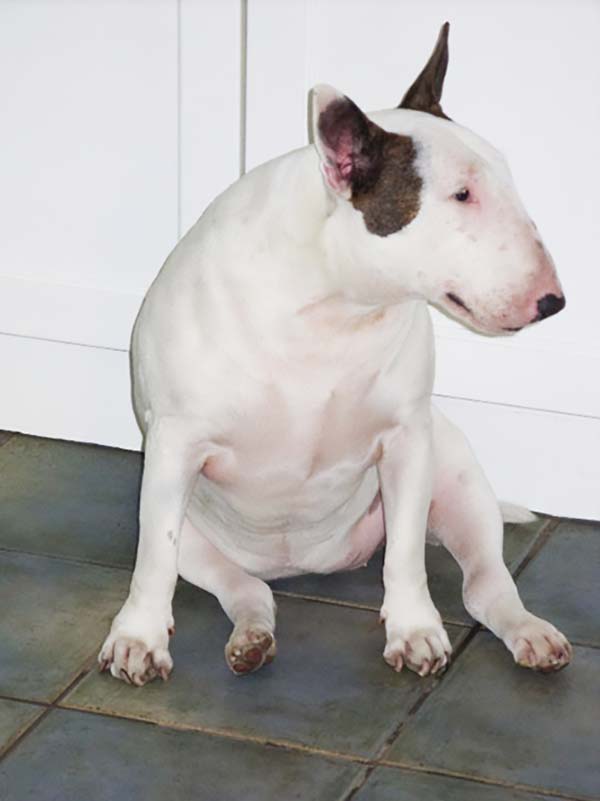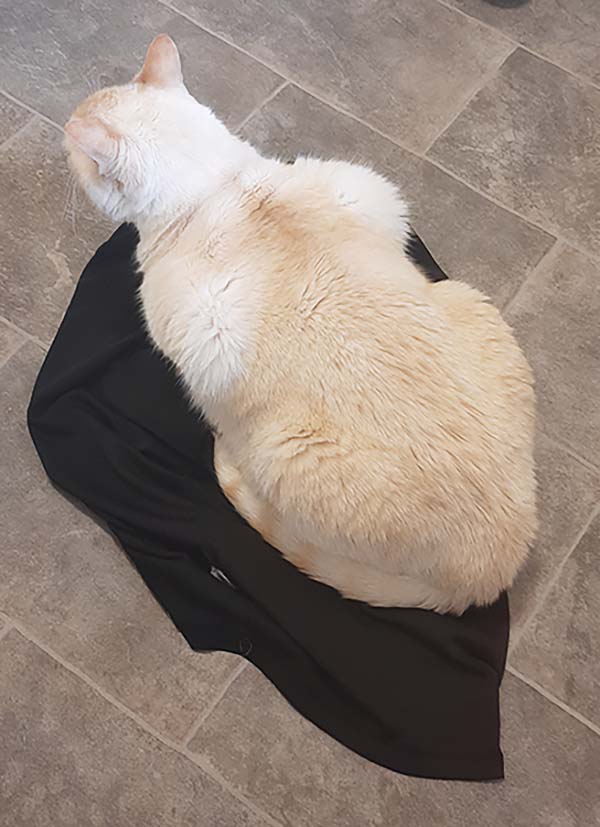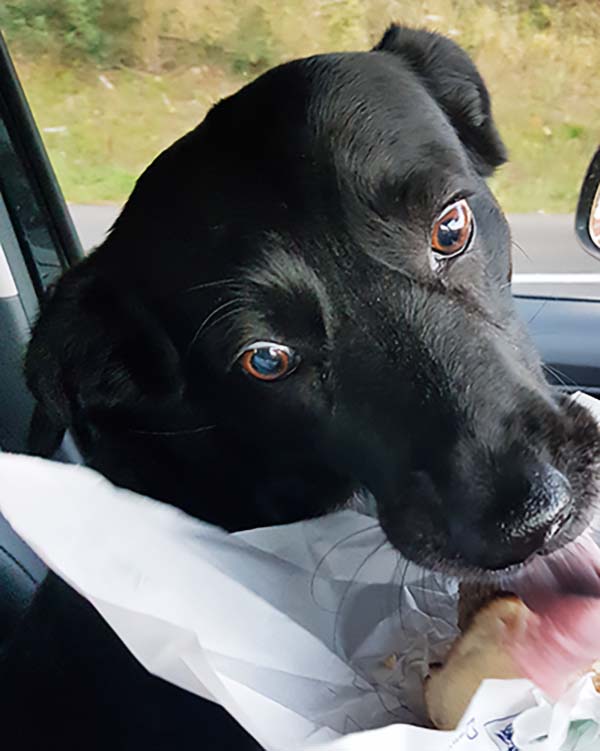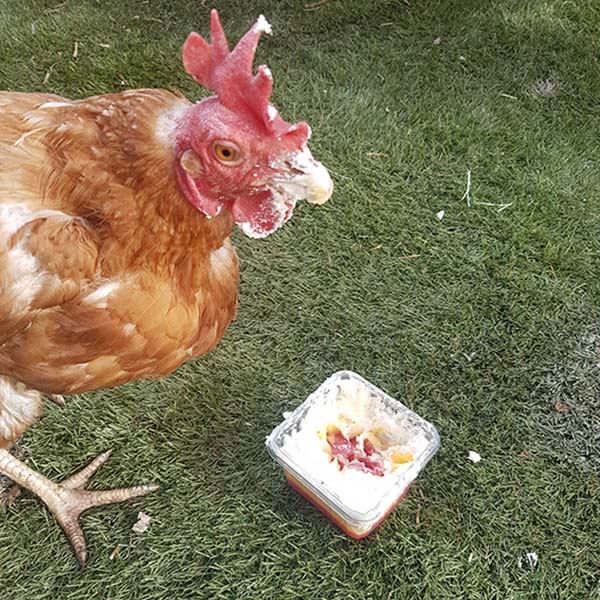13 Jan 2020
Weighing in on obesity – approaching the topic with clients
Laura Lacey offers practical advice on tackling this common, and often difficult, issue.

Image © YacobchukOlena / Fotolia
It can be very challenging for nursing teams to establish and run weight management clinics as we may not know where to begin in some situations. It can be a very sensitive topic and this can make it more difficult to communicate key messages at crucial times.
If we take a methodical, systemic approach and treat our clients with respect, then we will be doing the best for our patients. Having a step-by-step plan can be followed by the whole team, but amended to reflect the individual’s needs, can help us ensure success.
“In 2016-17, there were 617,000 admissions in NHS hospitals where obesity was a factor” (NHS, 2018). We know this issue is growing in the UK, year on year, and, sadly, many of the nation’s pets are following the same trend.
It is something nurses, specifically, can help address. Many of these patients will attend the surgery for other reasons and their weight may not appear to be the primary concern. We have a duty of care to mention obesity, or even a weight increase, to ensure we are looking after the health and welfare of our patients.
Some owners will be in denial about the size or shape of their pet and not see it as abnormal. Certain breeds, which often have a tendency for weight gain, are commonly seen as standard by the public, when, in fact, they are overweight (Figure 1).

Many diseases and conditions exist that can present or be exacerbated by excess weight, such as arthritis, urinary tract disease and heart disease, but it is not within the scope of this article to go into these. Regardless of the reason the animal has gained weight or even why the owner has brought it to the clinic initially, we need to highlight the fact obesity is present and look at our options to help.
Naturally, the first – and most important– step is to ensure the owner truly understands that the excess weight is a genuine issue, and a threat to his or her pet’s quality and length of life. Crucially, we know we can often manage metabolic disorders such as diabetes more successfully if we control weight gain. To this end, we need consistent client compliance to achieve this successful outcome.
Within the clinic, we need to be empathetic to the feelings of the clients in this situation. Some of these owners could be suffering from similar issues and we need to be sensitive when discussing our concerns.
If an owner is overweight, many nurses can find it uncomfortable bringing up the subject, but we must keep our focus on the pet. The owner will be the best person to observe the effect of obesity on his or her pet, and may want our help. However, sometimes he or she may also see the pitfalls associated with dieting and put perceived obstacles in the way.
If he or she is having problems losing weight, or sticking to a healthy regime, he or she may not feel you will be providing helpful information. Personal experiences will have an impact on how owners view the details you are giving them. Sticking to the facts and making an initial simple plan is the first step to gaining their confidence.
Nurse clinics
Regular check-ups are essential to motivate owners and keep them on track. Nurse clinics are the best way to do this. Owners will often not want to “bother the vet” with such things, and nurses can be seen to be more approachable and have more time to discuss these matters. When making your plan, make sure you set manageable targets from the start and try not to bombard the owners with too much to think about. Repeatedly achieving small goals has a huge impact on the overall success of the process for both the pet and the owner. We need to see these pets back regularly and, initially, within a short time frame.
The first review may be as soon as one week into the plan to ensure the owner feels supported, even though a huge drop in weight is unlikely. However, the owner may be struggling with something – for example, a behaviour change such as stealing food, begging or excessive vocalisation – and need the plan re-enforced or adjusted to suit. These intervals need to be assessed on a case-by-case basis, as a set monthly review will not guarantee success for everyone.
One way to help owners is to use visual cues, as well as the scales. A good guide can be measurements taken at strategic places, such as the neck and waist. These can be repeated at regular intervals to ensure they are reducing. Ideally, this should be reinforced with the use of a device, such as a graph or a logbook, for the owner.
Also, taking photographs of the pet can help us remind the owner how far it has come. A major benefit of this approach is gradual weight loss can often be missed when the pet is viewed every day in the home, and that is when frustration builds and jeopardises the success of the process. Accordingly, we should try to use all the resources we have at our disposal. Most clinics have internet access in the consult room, so one option may be to show the client what his or her pet should look like (Figure 2).


Lots of diets are available, and we need to find the best one for the animal and the owner. We should be mindful financial implications may exist that restrict the owner’s options. Therefore, we should not judge, but make appropriate recommendations based on the facts we are given.
In such cases, it may be beneficial to work out the daily cost of the food we are recommending. Although the initial cost may appear high, we may find the bag or cans last longer than expected, which can help. Additionally, loyalty cards or rewards can be used to provide an incentive and a help to owners.
Offering a reduced price bag of food once the target weight has been achieved or discount coupons at strategic weight loss markers can also work very well.
It is important to remember, whenever we are making an alteration to a pet’s diet, we must introduce new food gradually over at least seven days, to prevent digestive upset.
Calorie counting
To ensure we are feeding appropriately, we need to know exactly what the animal needs to meet its daily requirement. Resting energy requirement (RER) is used to estimate the daily energy needed to sustain essential bodily functions (for example, respiration, circulation, digestion and metabolism) while an animal is at rest in a thermoneutral environment. The calculation that is commonly used (Pet Nutrition Alliance, 2017) is:
RER (kcal/day) =
70 × (BW in kg)0.75
From this calculation we have a starting point and can make adjustments to suit, compared to the number of calories the pet is currently consuming. It is useful to work out the calorie requirements for the ideal estimated bodyweight, but we may not be able to jump to this level of restriction if a large variation exists here. Too much restriction too quickly will exaggerate any issues associated with hunger and boredom, which will reduce the likelihood of success.
If the pet is only mildly overweight, simple feeding adjustments may be possible to reduce small increments of its bodyweight.
Stopping feeding scraps from the table and treats, such as a bit of toast at breakfast or a digestive biscuit with afternoon tea, can help dogs reduce their calorie consumption.
The impact of feeding human food can often be underestimated (Figure 3). Looking at the feeding guide on the regular food bag and weighing out the food will help people be consistent. In multi-person households, this can be done once a day and labelled so cheeky pets don’t manage to demand extra meals.

It is a regular comment in clinic that cats are notorious for wandering about yowling and crying. This is often an attempt to seek attention, which is redirected to the food bowl by owners. Cats then learn to manipulate us and keep sending us there, which can happen very easily in a multi-person household. Taking back control and giving the cat attention when it is demanding food can at least help reduce the noise levels.
Puzzle feeders and treat balls can be used to slow down or stagger the food intake of greedy animals or those who are eating because of boredom, such as indoor cats. Making pets hunt and search for, or fetch, their food is a nice way of increasing exercise in lazy animals with all the attendant benefits of that.
Assuming the pet has no additional causes for concern, such as arthritis, increasing calorie expenditure will help reduce its weight. Additional exercise for dogs, such as longer or more frequent walks – or adding in a new activity, such as agility or flyball – will help.
It is not just cats and dogs that suffer with weight problems (Figure 4). We are seeing many rabbits and other exotic species being overfed, under-exercised or given inappropriate food. Educating these owners about the dangers of obesity to their pets is just as important, but often not recognised as such for these pets.

It is imperative we treat obesity seriously to prevent further health complications, but we must also ensure we are mindful of the feelings and needs of the owners in the situation, too. If we alienate the owners with a poor or outdated approach then we will not be able to resolve the issues for the animal, so a key element in all of this is we keep completely up to date with nutritional research within the industry.
